UP TO THE MINUTE
Scaffolding Safety – Part One
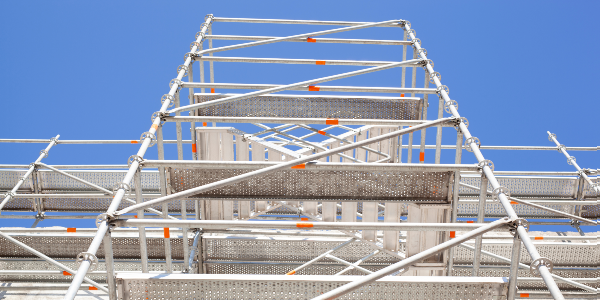
By John Kenney, Cotney Consulting Group.
What is scaffolding and how can they be used safely? John Kenney has all the answers to your scaffolding questions.
Falls are the most dangerous hazard that roofers and construction workers are exposed to. Scaffolding is no exception. OSHA describes scaffolding as an elevated temporary working platform. These platforms enable workers to work at a height above ground from safe and secure working platforms. There are three basic types of scaffolding:
- Suspended scaffolds – platforms suspended by ropes or another non-rigid overhead supports
- Supported scaffolds – platforms supported by rigid, load-bearing members, such as poles, legs, frames or outriggers
- Aerial lifts – equipment or vehicle that remains on the ground and elevates a work platform to the height of the work
Climbing on scaffolds brings its own set of challenges. Workers can slip and fall from the ladders used to climb the scaffolding. If workers use cross braces to climb up a platform, the risk of slipping off and falling increases significantly. There are also slip and fall hazards when using ramps and walkways to climb the scaffolding.
The ropes and cables of suspension scaffolds can fail, resulting in the scaffolding falling to the ground. The platform can sway in the wind causing damage to the building structure, to the scaffolding and injuring workers.
Suppose scaffolding is constructed near overhead electrical wiring. In that case, it leans or tips into the wiring, which can form a ground resulting in damage and injuries to the workers on the scaffolding from electrical shock.
Damaged planking on the platform can give way, or the worker could slip or trip and fall off an unguarded end, or the platform itself could fail to fall to the ground. Without proper planking, a dangerous situation could be created where tools and materials fall off the platform onto employees and the public below.
The primary focus for controlling hazards on scaffolding is to prevent falls. If workers can fall more than 10 feet from scaffolding, they must be protected by guardrails and a personal fall arrest system (PFAS). Guard rails guidelines for scaffolding:
- Install along open sides & ends
- Toe Boards at least 3-1/2 inches high
- Mid Rails halfway between top rail and platform
- Top rails should be 39 to 45 inches above the surface
- The front edge of platforms no more than 14 inches from the work
The secondary focus is preventing objects from falling onto workers and the public below the scaffolding. Workers below the scaffolding should be wearing hard hats. Barricades and screen panels can block off the area below the scaffolding to entry. A canopy can be built or a net erected below the scaffolding containing fallen objects if required.
You will need to train two types of workers-erectors and users. For workers who will build or dismantle the scaffolding, the employer must provide training in erecting, disassembling, moving, operating, repairing, maintaining or inspecting scaffolding. Their learning objective is to recognize the hazards and the correct procedures to erect or dismantle the scaffolding.
Employers must also train workers that work on the scaffolding but do not erect or disassemble. For these workers, the training includes the hazards of working on a scaffold and procedures to control those risks. The training should consist of the following:
- Scaffolding load capacities
- Proper use of the scaffolding
- Nature of electrical, fall and falling object hazards
- How to deal with electrical hazards and fall protection systems
If the worker is on suspension scaffolding, they must be trained to protect suspension ropes from heat and acid. They should be trained not to work on scaffolding when snow or ice covers the platforms or during storms or high winds. Training should also include the requirements and proper use of the guardrail or PFAS.
Both training categories should be documented in writing, and performance examinations should be used to ensure workers have obtained the desired knowledge, skill or ability. Perform training annually or when equipment or procedures change.
Scaffolding is one area where OSHA requires a competent person to be appointed and trained. This worker must be capable of the following:
- Training workers to recognize hazards
- Selecting qualified workers to conduct work
- Identifying and promptly correcting hazards
- Stopping work if necessary to prevent an accident
- Determining if it’s safe to work during storms or high winds
The competent person must be on-site to supervise the scaffolding used. They must evaluate connections to ensure the supporting surfaces can support the load and inspect ropes for defects before each shift. In part two, we will continue our journey into properly using scaffolding on your job site.
Learn more about Cotney Consulting Group in their Coffee Shop Directory or visit www.cotneyconsulting.com.
About Cotney Consulting Group
Unlike other “business” consultants, Cotney has 65+ years’ experience solving the problems of roofing companies. With real experience running 8-figure, multi-million dollar companies, our consultants did not learn about business consulting from a book — we have experienced the same problems that you have, solved them and moved on to create a storied history of success. We can share our experiences with you and help you achieve success. Learn more at www.cotneyconsulting.com.

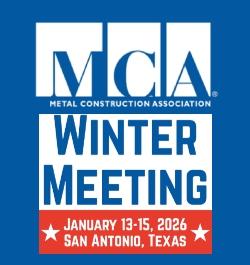
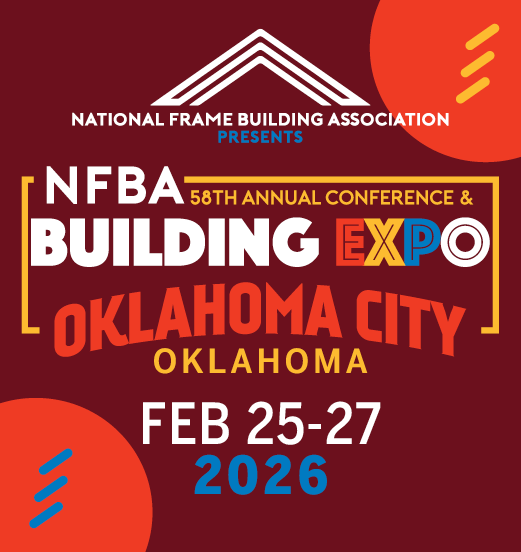









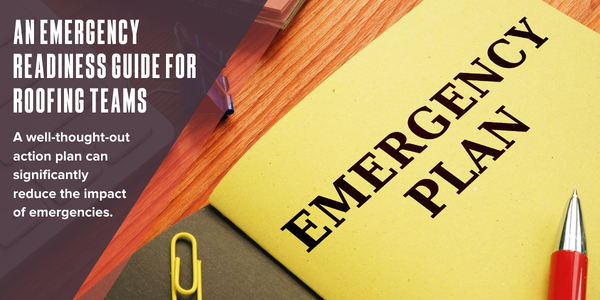

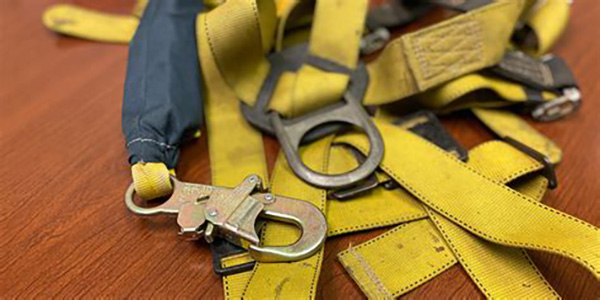

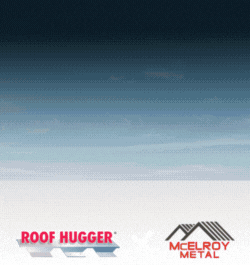
Comments
Leave a Reply
Have an account? Login to leave a comment!
Sign In